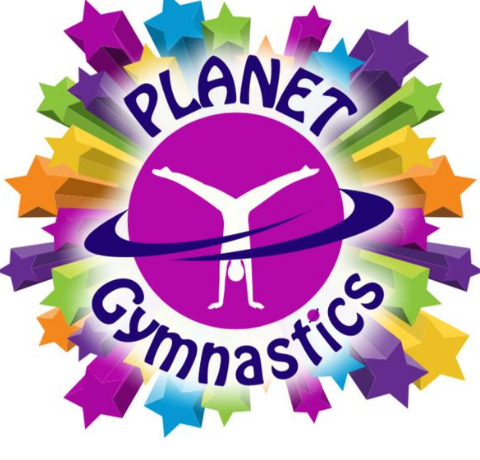A fundamental gymnastics skill, the cartwheel is one of the first skills taught to any new gymnast. The cartwheel is the start of a line of progressions ending with the coveted side aerial and the crucial roundoff. This skill will be trained through the gymnasts’ years in the sport.
As the cartwheel is essential in gymnastics, it is imperative to make corrections early to prevent common mistakes. Young gymnasts tend to place their hands down simultaneously at the beginning of the skill causing their backs to arch and their heads to stick out. Correcting this can be tricky, but instructing the gymnast to place each hand down one at a time can help remedy this. An arched back in a cartwheel can also be explained by a gymnast not pushing tall in their shoulder or keeping their core tight; stopping the gymnast halfway into the skill and having them fix the position of their back is a great way to start correcting this problem and following up with core and shoulder strength. Another common mistake affecting most gymnasts is bent hips; when a gymnast doesn’t reach far enough for the skill, they cannot drive their back leg over their head, causing their legs to travel around the body. Correcting this can be achieved with drills like needle kicks and instructing the gymnast to squeeze their glutes. A widespread mistake many new coaches will miss is gymnasts failing to square their hips at the beginning and end of the cartwheel; this mistake will affect the gymnast’s ability to perform round-offs and aerials in the future. When fixing this mistake, reinforcement is vital; having the gymnast perform this skill and stopping in a lever or to their knee is a great tool to assist in this correction.
Below are some drills for beginner cartwheels; remember, each gymnast will learn at their own pace!


